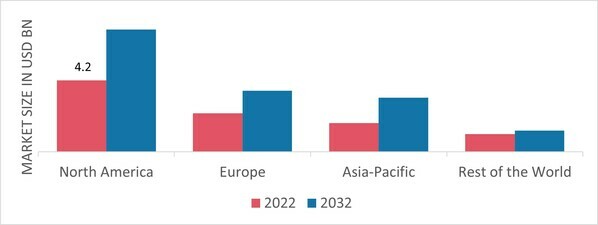Market Analysis
In-depth Analysis of Cosmetics Personal Care Ingredients Market Industry Landscape
The cosmetics and personal care ingredients market operates within a dynamic environment influenced by various factors that shape its growth and evolution. Cosmetics and personal care ingredients refer to a wide range of raw materials and chemicals used in the formulation of beauty and personal care products such as skincare, haircare, makeup, and fragrances. One of the primary drivers of market dynamics is the increasing consumer demand for beauty and personal care products. With rising disposable incomes, urbanization, and changing lifestyles, consumers are increasingly prioritizing personal grooming, hygiene, and self-care, driving demand for innovative and high-quality cosmetic and personal care products. As a result, the demand for cosmetic and personal care ingredients is expected to grow, fueling market expansion.
Technological advancements play a crucial role in shaping the competitive landscape of the cosmetics and personal care ingredients market. Innovations in ingredient formulations, extraction techniques, and delivery systems enable manufacturers to develop new and improved ingredients that offer enhanced performance, safety, and sensory attributes. Advanced ingredients such as botanical extracts, peptides, vitamins, and surfactants are continuously being optimized to address specific skin and haircare needs, such as hydration, anti-aging, and UV protection. Moreover, the integration of biotechnology, nanotechnology, and green chemistry enables the development of sustainable and eco-friendly ingredients that meet consumer demand for natural and organic products.
Market dynamics in the cosmetics and personal care ingredients industry are also influenced by economic factors such as consumer spending, retail trends, and global economic conditions. Economic growth and rising disposable incomes drive consumer spending on beauty and personal care products, leading to increased demand for cosmetic and personal care ingredients. Conversely, economic downturns or recessions may lead to reduced consumer spending on non-essential items, affecting sales of cosmetics and personal care ingredients. Moreover, currency fluctuations, trade tariffs, and geopolitical tensions can impact global supply chains and pricing dynamics in the cosmetics and personal care ingredients market.
Environmental regulations and sustainability concerns are increasingly shaping the dynamics of the cosmetics and personal care ingredients market. The beauty and personal care industry have come under scrutiny for its environmental impact, including plastic pollution, deforestation, and water consumption. As a result, governments and regulatory bodies are implementing stricter regulations to reduce environmental footprint and promote sustainable practices in the industry. Cosmetic and personal care ingredient manufacturers are responding to these regulations by developing eco-friendly and biodegradable ingredients, sourcing raw materials responsibly, and reducing packaging waste. Moreover, there is a growing demand for ingredients that are free from harmful chemicals, cruelty-free, and ethically sourced, driving innovation and market growth in sustainable ingredient solutions.
Customer preferences and industry trends also influence market dynamics in the cosmetics and personal care ingredients sector. End-users, including cosmetic formulators, skincare brands, and haircare manufacturers, are increasingly seeking ingredients that offer unique benefits, efficacy, and sensory experiences. Industry trends such as clean beauty, wellness, and customization are driving the demand for natural, organic, and personalized ingredients that cater to individual needs and preferences. Furthermore, the shift towards digital marketing, influencer-driven trends, and social media engagement is creating new opportunities for ingredient manufacturers to promote their products and connect with consumers directly.
The competitive dynamics within the cosmetics and personal care ingredients market are characterized by intense rivalry among key players competing for market share and profitability. Market participants range from large multinational ingredient suppliers to smaller specialty manufacturers and distributors. Strategies such as product innovation, portfolio expansion, and strategic partnerships are commonly employed by companies to differentiate their offerings and gain a competitive edge. Additionally, quality assurance, regulatory compliance, and technical support are essential for companies to maintain customer trust and meet market demand in a highly competitive environment.


 Source: Secondary Research, Primary Research, Market Research Future Database and Analyst Review
Source: Secondary Research, Primary Research, Market Research Future Database and Analyst Review





Leave a Comment